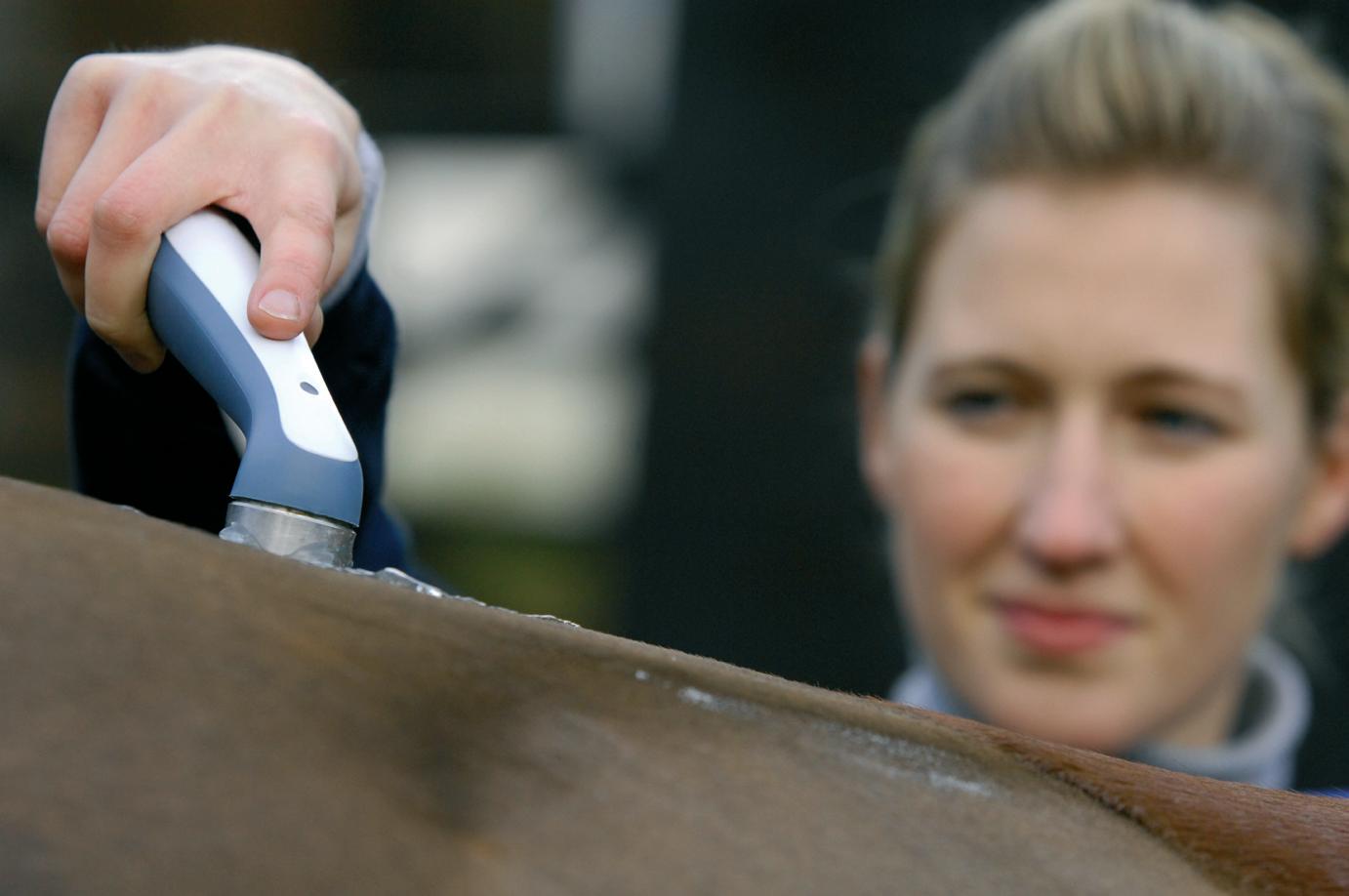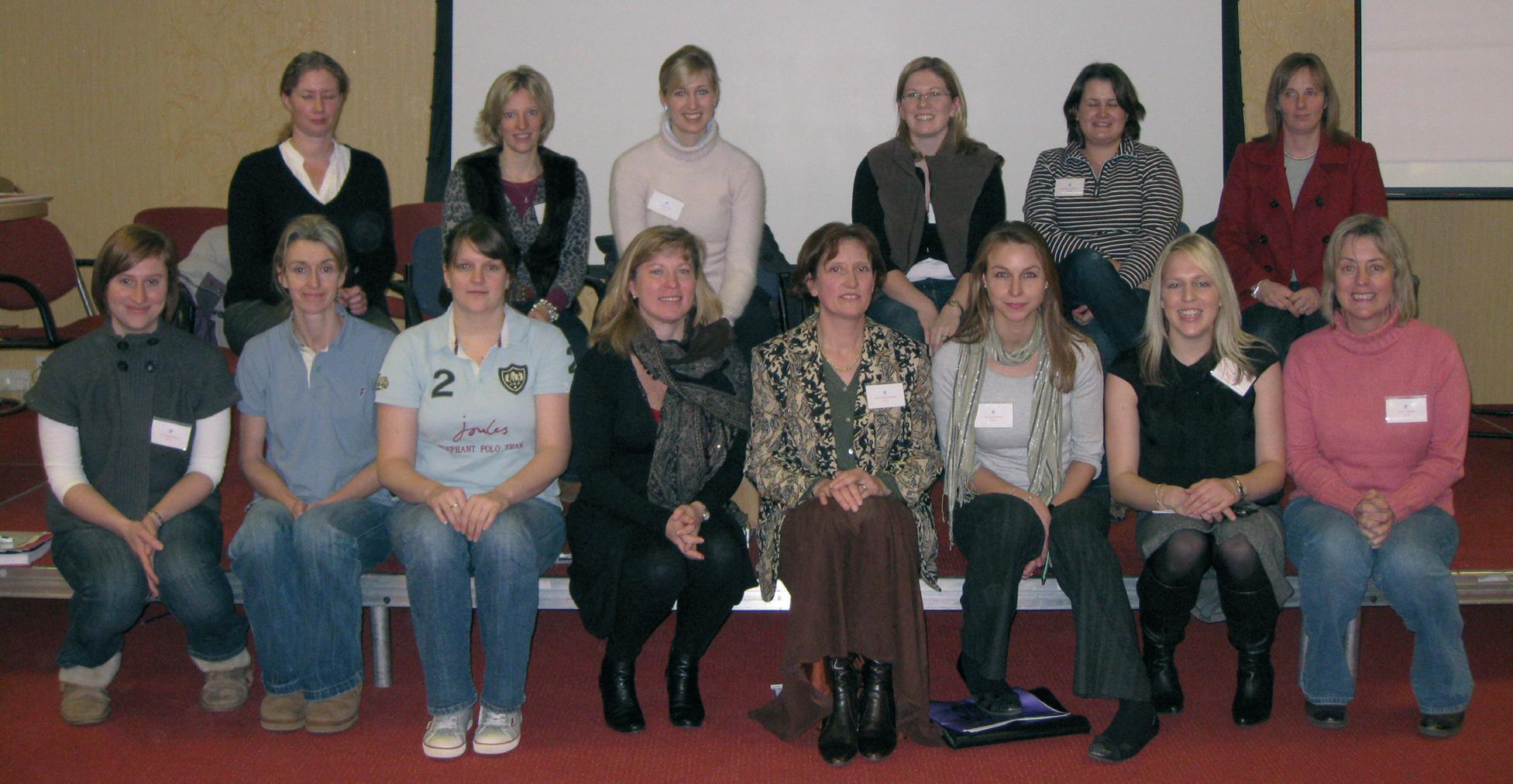
9 minute read
Writing for Four Front
WRITING FOR FOUR FRONT THE OFFICIAL MAGAZINE OF THE ASSOCIATION OF CHARTERED PHYSIOTHERAPISTS IN ANIMAL THERAPY
Guidelines and Information for Authors
Advertisement
The Editor would like to encourage ACPAT members to get involved in the magazine. If you are doing interesting clinical work, have a philosophical viewpoint that you would like to express, would like to share some research findings, have read a relevant book, article or attended an interesting course; please write something for the ACPAT magazine.
The aims of the magazine are to inform members about clinical, research and business developments that affect physiotherapists working with animals. It also provides a channel of communication between ACPAT members by informing and debating all aspects of animal physiotherapy.
We invite you to present material under the following sections:
Editorial Product Reviews Literature Reviews Business Related topics Clinical Articles/Case reports Letters to the Editor Research Articles Useful Addresses Conference/Course Reviews Small Adverts Product News Book Reviews
How to Contact us
If you have an article that you would like to submit for publication or you would like to discuss the outline of an article that you would like to write, please do not hesitate to contact ACPAT secretary who will pass on the information to the Journal Officer.
Post:
M. Sharon Morgan Pembroke House Middle Lane Shotteswell OX17 1JQ
Email:
secretary@acpat.org
Submitting an Article
Please send all text in electronic form (ideally in Microsoft Word) by attaching the file to an e-mail or on a disk, along with any original photographs to the editor.
We can accept articles up to 3,000 words and encourage the use of tables, illustrations and photographs. If an article is longer please discuss with the Editor.
There is no need to spend time adjusting fonts, columns etc, as we will adjust these to match the current publishing style.
Where appropriate, articles must be supported by a reference list using the Harvard system. In the text quote the authors surname and year of publication. In your reference list please include the full reference, to include authors name, initials, year of publication, full title of the paper, name of the journal, volume number and the first and last page numbers.
Any identifiable photographs must be accompanied by written permission from the owner of the animal, otherwise the image will be obscured, so that recognition is not possible. Please submit photographs in jpeg format, at least 2000 pixels in size and at least 300 dpi (dots per inch - Resolution).
Please supply your full name, address, telephone number and e-mail address that you would like to be published with your article.
Format and Structure of Manuscripts
Manuscripts should be headed with the full title of up to 15 words, which should describe accurately the subject matter. Authors should avoid including within the text: the name of the institution at which the work was performed, initials of the authors and must remove institution names from illustrations in order to maintain anonymity for the review process.
Title Page
A title page is needed for all manuscript types, it must contain the title of the paper, names and qualifications of all authors, affiliations and full mailing address including e-mail addresses, and contact telephone number of corresponding author. No author details are to be submitted in the manuscript. In addition details of any acknowledgements should be given on the title page.
Original Papers/Research Articles
Each paper should comprise the following sections:
Structured Summary - maximum of 200 words, divided, under separate headings, into Objectives, Methods, Results, Clinical Significance.
Keywords - maximum of five, for use as metadata for online searching. Introduction - brief overview of the subject, statement of objectives and rationale.
Materials and Methods - clear description of experimental and statistical methods and procedures (in sufficient detail to allow others to reproduce the work).
A Chartered Physiotherapist utilising poles during a rehabilitation programme
Results - stated concisely, and in logical sequence, with tables or figures as appropriate.
Discussion - with emphasis on new and important implications of the results and how these relate to other studies.
Case Reports Full Case Report
Reports of single or small numbers of cases will be considered for publication if the case(s) are particularly unusual or the report contributes materially to the literature. A case report should not exceed 1500 words and must comprise of:
Summary (maximum 150 words); Keywords - for use as metadata for online searching.
Introduction - brief overview of the subject.
Case Histories - containing clinical detail. Discussion - describing the importance of the report and its novel findings.
To be considered for publication in a single case report must: - Exemplify best practice.
All papers and case reports are subject to peer review and publishing preference will be given to reports of original or retrospective studies.
Letters to The Editor
Letters describing case reports or original material may be published and will be peer-reviewed prior to publication. Letters commenting on recently published papers will also be considered and the authors of the original paper will be invited to respond.
Style of Manuscripts
Writing should conform to UK English, and acceptable English usage must be presented within the manuscript. Where abbreviations are used, the word or phrase must be given in full on the first occasion.
All manuscripts must be doublespaced for the purpose of peer reviewing.
All manuscripts must be line numbered throughout for the purpose of peer reviewing.
All units of measurement should be given in the metric system or in SI units. Temperatures should be in °C.
Drugs should be referred to by Recommended International NonProprietary Name, followed by proprietary name and manufacturer in brackets when first mentioned, eg, fenbendazole (Panacur; Intervet).
Anatomical terminology should conform to the nomenclature published in the Nomina Anatomica Veterinaria (1983) 3rd edn. Eds R. E. Habel, J. Frewein and W. O. Sack. World Association of Veterinary Anatomists, Ithaca, New York.
The maximum length for research papers is 3000 words and for case reports is 1500 words. Review articles should not exceed 4000 words. All word limits include the summary but exclude the reference list. Authors should indicate the word count at the beginning of the manuscript.
Tables and Figures
The minimum number of tables and figures necessary to clarify the text should be included and should contain only essential data.
Presentation of Book, Product and Course Reviews
Book, Product and Course Reviews should be between 500 – 700 words long. Book reviews should quote the title, publisher, ISBN number and price of the book.
Some Points to Consider Before and During Writing an Article:
Try to produce a structured abstract and a list of key messages before you begin, this will help the article to be more focused and succinct and therefore more interesting for the reader.
Try to make the article as concise as possible, think hard what needs to be in the article to get the message across. Very few articles are longer than 2,000 words.
Try to ensure that references cited for tables and legends are done in sequence at the point where the table or figure is first mentioned in the text.
Finally check the final copy carefully.
Previous Publication
We do not have a strict policy on publishing material that has appeared elsewhere, but welcome authors to do so, especially where the subject is important to animal physiotherapists.

A Chartered Physiotherapist using ultrasound to assist healing
We may use material on the APCAT website, if you do not want us to publish information on the website, please explain this when you submit your work.
Terms and Conditions
Material accepted for publication will be edited. All articles will be treated as though all authors have read and approved the manuscript. Each author should give his or her name as well as the address and current e-mail for correspondence. We now aim to publish the corresponding author’s e-mail address in every article.
Copyright and Exclusive Licence
Many publishers traditionally asked authors to assign their copyright as this allows them to tackle copyright infringement, to republish and reproduce on a website.
We however require all authors for an irrevocable licence so that we can reproduce articles on our website without the need to seek further permission.
All articles submitted to the editor are therefore accepted on the basis that all authors of the material agree to ACPAT acquiring this irrevocable license upon the publication of the article in any medium owned or
Corrections
We try hard not to make mistakes, but errors, both by authors and editors can creep into the journal. We publish corrections when necessary. If you want to notify us about the need for a specific correction, please contact the Editor.
Final note from the Editor
The Editorial Board reserves the right to edit all material submitted.
The views expressed in Four Front are not necessarily those of ACPAT, the Editor or the Editorial Committee.
The inclusion of advertising does not imply any form of endorsement by ACPAT.
No article, drawing or photograph may be reproduced without prior permission of the Editor.
Four Front is an annual publication and aims to be published in the spring of each year.
We are looking forward to receiving articles from any member of ACPAT on any relevant topics that you wish to share with fellow members. The success of the magazine and its benefit to members is ultimately dependent on the collective contributions that we receive, thank you, The Editor.
3H D three hats design
THREE HATS DESIGN IS A GRAPHIC DESIGN AGENCY WITH A WEALTH OF EXPERIENCE IN A BROAD RANGE OF DISCIPLINES
Based in the South West between Swindon and Cirencester. It is the perfect location for us to liaise with our clients on a personal level, whether you want to discuss a new logo, launch a new website, revamp your packaging or create a new company brochure.

Graphic Design . Web Design . Logo Design 07553 358432 . 01666 577589 . info@threehatsdesign.com . www.threehatsdesign.com
ph t gruffs pet photography
Unique pet photography from the lens of Sarah Boyce
all characters, great and small

Further details please contact Sarah
EXECUTIVE COMMITTEE MEMBERS 2010
Amy Barton Alison Bates Melanie Butler Tracy Crook Sarah Dalton Maeve Grant Victoria Henderson Polly Hutson
Hannah Nash Sonya Nightingale Diane Messum
Marjoleine Riezebos Samantha Rodwell Felicity Rodriguez Stephanie Wilson
Sharon Morgan
Andrea Walters
Education Sub Committee CIG Sub Committee Courses Sub Committee Research Officer Course Organiser PR CIG Liaison Officer CPD Officer/ Diversity Officer/ Journal Sub Committee Vice Chair/Education Officer Chair Journal Editor/Regional Groups

Co-opted - Education PR Category B Member Websire/IT Officer
SECRETARY/TREASURER
Secretary
Treasurer M. Sharon Morgan Pembroke House Middle Lane Shotteswell OX17 1JQ secretary@acpat.org
ajbarton79@yahoo.co.uk bates842@btinternet.com melvetphysio@yahoo.co.uk research@acpat.org courses@acpat.org maevegrant@yahoo.co.uk cig@acpat.org cpd@acpat.org
education@acpat.org chair@acpat.org journal@acpat.org regions@acpat.org marjoleine@vet-physio.com sam@countryphysio.co.uk flissspace@hotmail.co.uk webmaster@acpat.org it@ acpat.org
secretary@acpat.org
secacpat@btinternet.com










